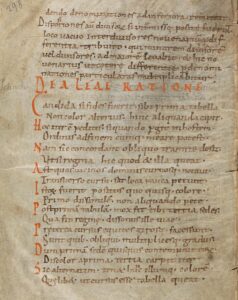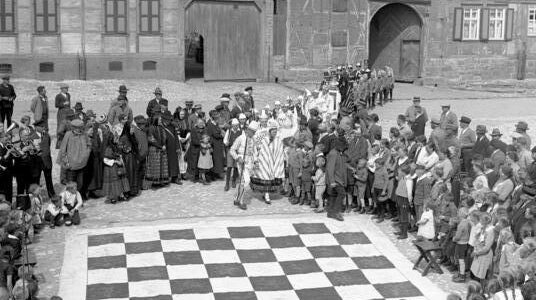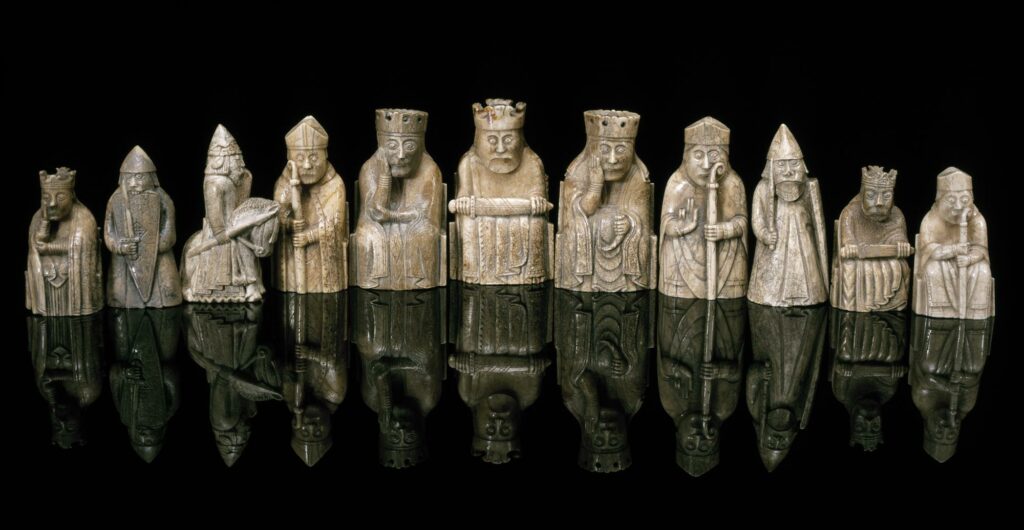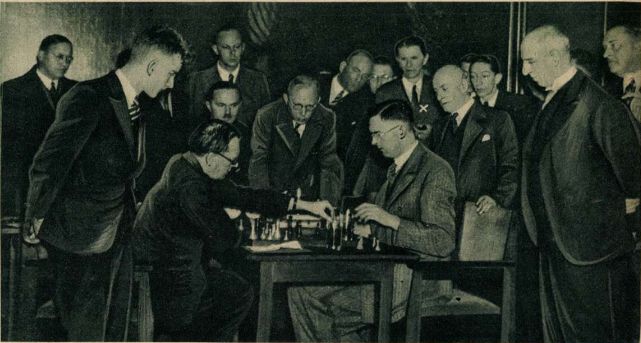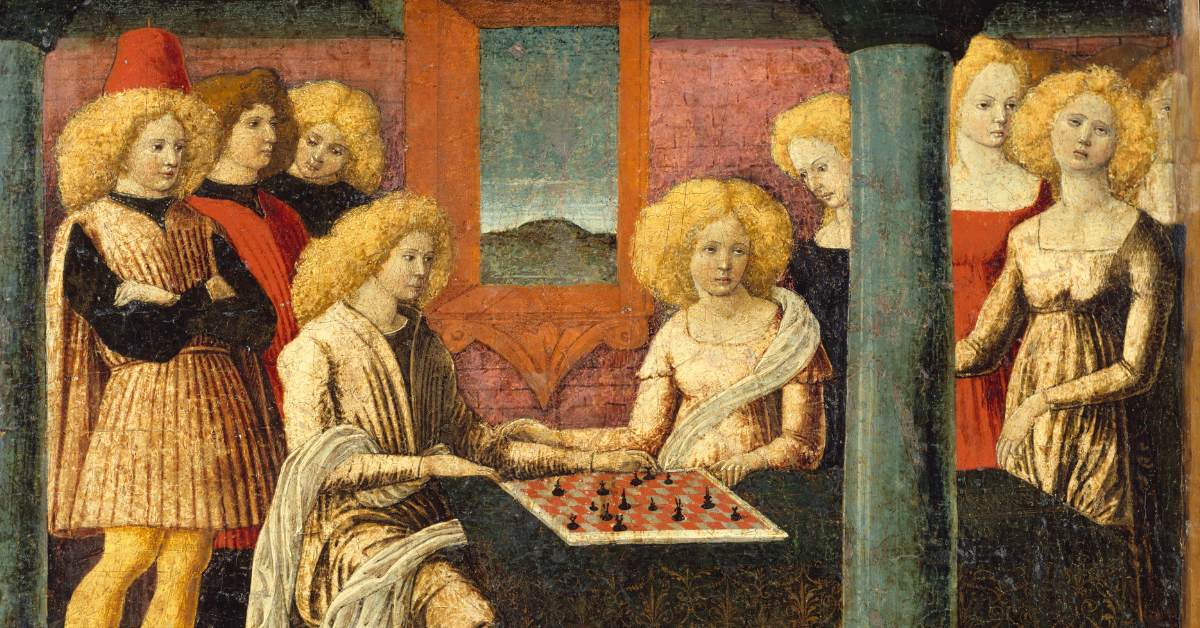
A Concise Overview of Chess in Western History
Image: ‘The Chess Players’ by Liberale da Verona, circa 1475
Every year on the 20th day of July, chess lovers all over the world turn out to celebrate one of the most popular—and oldest—games in history. To celebrate International Chess Day, here are some highlights from the story of chess and the West.
The game of chess originated from the ancient Indian game called chaturanga, which spread to Persia and then to Europe through the Muslim conquests of the 9th and 10th century.
The earliest reference to chess in European literature is a poem in Middle Latin called Versus de scachis (“Verses on Chess”), located at Einsiedeln Abbey in Switzerland.
Versus de scachis (Latin: “Verses on Chess”), also known as the Einsiedeln Poem
In the Medieval era, chess was predominantly played at monasteries and feudal courts. But in the “chess village” of Ströbeck, Germany, the game has been played amongst farmers and villagers since the early 11th century! Ströbeck has developed its own variation of the game, using a board of 96 squares (as opposed to the usual 64), with a few special rules and extra pieces.
People in Ströbeck prepare to play a game of human chess, 1932. Attribution: Bundesarchiv, Bild 102-13449 / CC-BY-SA 3.0
In 1831, a group of 12th century chess pieces were found on the island of Lewis in Scotland. Known as the ‘Lewis chessmen’, the pieces are carved from walrus ivory and make up some of the few surviving medieval chess sets around today. Out of the 93 artifacts in the hoard, 82 are kept at the British Museum in London, where you can see them on display, and 11 are held at the National Museum of Scotland in Edinburgh.
Lewis chessmen held at the National Museum of Scotland
Since being introduced to the West, the game of chess has developed significantly, from the “Romantic chess” era of the late 18th and 19th century, to the Scientific, Hypermodern, and New Dynamism eras that followed.
In 1849, a simpler and sturdier design of chess pieces was developed by the Englishman Nathaniel Cook, with the support of Howard Staunton and was an immediate success. Thus, ‘Staunton style’ is now the standard design for all modern chess sets.
Modern chess tournaments began in the second half of the 19th century and the first World Championship was held in 1886.
Max Euwe and Alexander Alekhine at the 1935 World Chess Championship.
Chess theory has changed dramatically with the rise of computer programming in our own day. The victory of an IBM computer over the world chess champion Garry Kasparov in 1997 moved the game into a new era of computer domination.
Thankfully, even in an age of computers, there are still plenty of people all over the world (over 600 million in fact) who love the game of chess and play regularly. If you’re not one of them, why not give it a go this year for International Chess Day?

